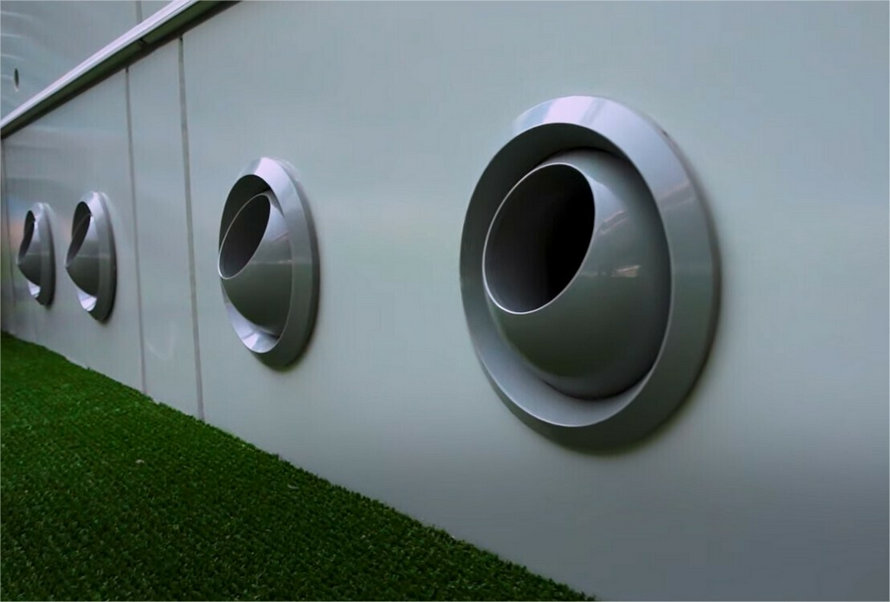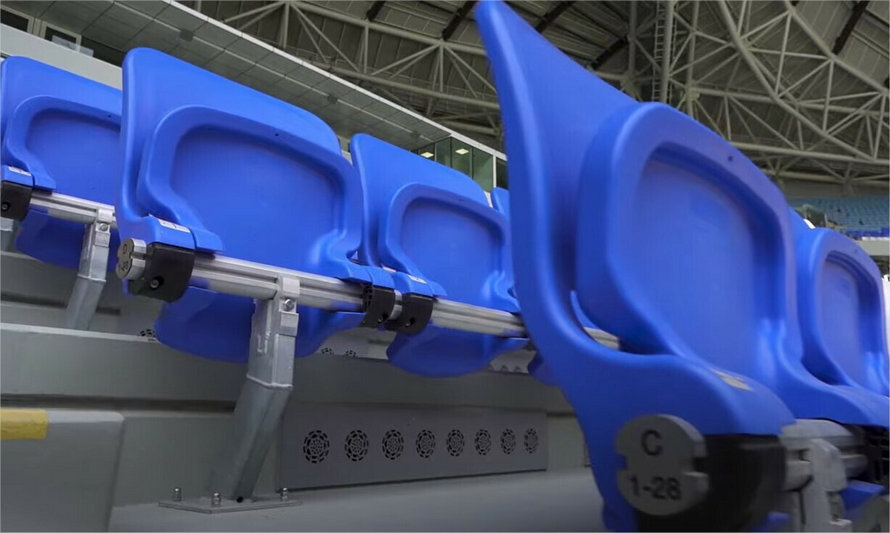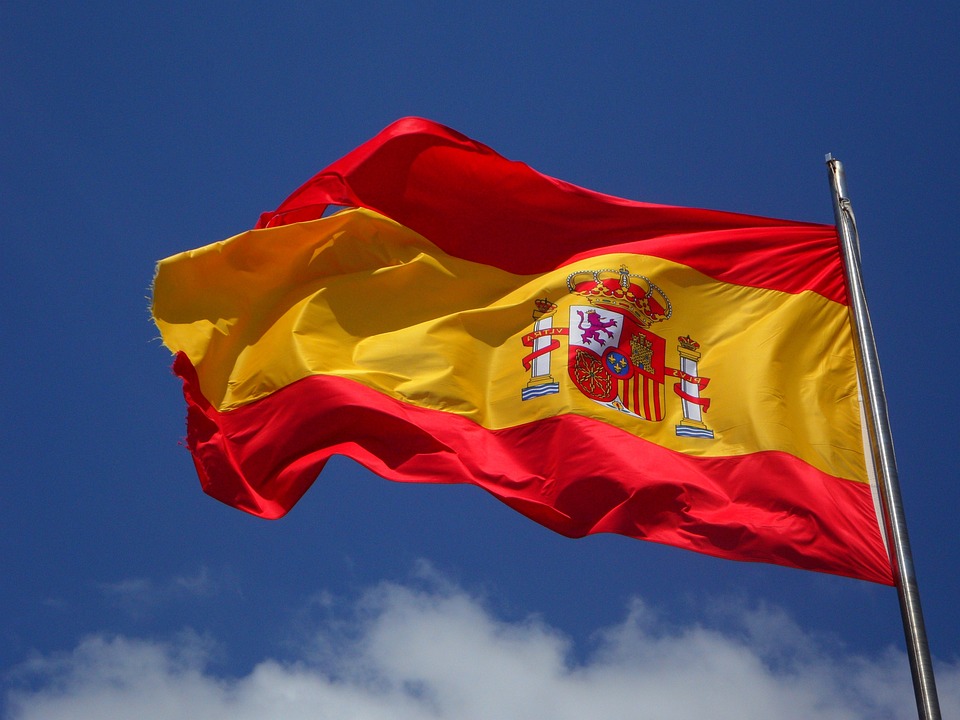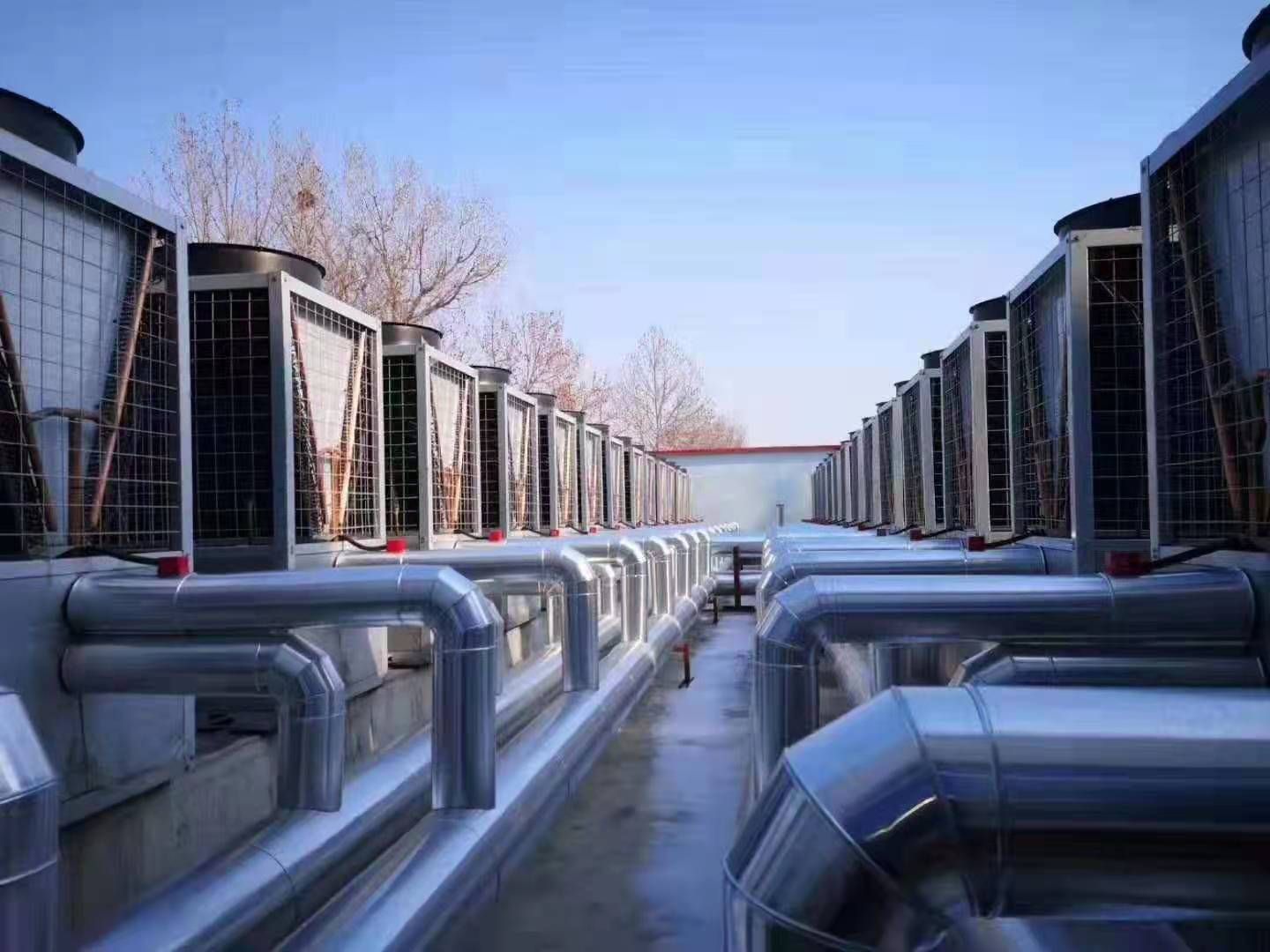World Cup stadium cooling technology and CO2 emissions
The FIFA World Cup stadiums in Qatar combine passive cooling strategies with innovative air-conditioning technology to offer fans and players a more comfortable microclimate.
The 2022 FIFA World Cup began on 20 November in Qatar, when temperatures generally start falling heading into winter. Nevertheless, temperatures in the Gulf are still likely to reach upwards of 26 degrees Celsius. To bring the temperature down to a temperate 18-24 degrees Celsius, the stadiums have been equipped with innovative cooling technology.
Architectural optimisation and targeted cooling
Spearheaded by Dr Saud Abdulaziz Abdul Ghani, Professor of Mechanical Engineering at Qatar University, the stadiums were built using an adaptive aerodynamic design that can support the cooling process within the stadium rather than work against it. For example, the opening at the top of the stadium has been optimised to ensure warm air does not enter the arena. The roofs are large enough to provide significant shade to reduce the burden on the cooling systems. Also, the façade of the Al Bayt stadium has been changed to a lighter colour, allowing to reduce the temperature by 5°C compared to a darker façade.
For the cooling system itself, it was decided that it was not necessary to cool the entire stadium but only the spectators and the playing field. In practice, diffusers blow cold air onto the field while smaller elements, located under each fan's seat, blow air at ankle height. In addition, there is a recycling system in the cold air, which is cooled twice before being expelled outside, reducing the absorption of hot outside air. According to Dr. Saud's team, this cooling technology is 40% more sustainable than existing techniques. Stadiums only need to be cooled down two hours before an event, which reduces energy consumption compared to other methods.
Cold air diffusers on the field of a stadium
Cold air diffusers under the seats in a stadium
GHG Emissions from cooling during the World Cup
The three organisers of the event, FIFA, FIFA World Cup Qatar 2022 LLC (Q22), and the Supreme Committee for Delivery & Legacy (SC) have pledged to measure, mitigate and offset all FIFA World Cup 2022 greenhouse gas (GHG) emissions, while advancing low-carbon solutions in Qatar and the region. To this end, FIFA, Q22 and the SC have conducted an analysis of the projected GHG emissions resulting from the FIFA World Cup 2022, available online.
According to their report, indirect GHG emissions from purchased electricity, heating and cooling will amount to 37,216 tCO2eq, or 1% of total emissions from all phases of the World Cup, including the preparatory and post-tournament phases (April 2011 to June 2023).
Spanish AC Market in the First Half of 2022
Economic Situation
The evolution of the Spanish economy reflects not only the impact of the pandemic, but also the invasion of Ukraine, which is generating inflationary pressures worldwide and a sky-high increase in energy prices, as well as difficulties in the procuring of raw materials due to complex issues along the supply chain.
Against this backdrop, Spain has maintained growth. During the first half of 2022, its gross domestic product (GDP) grew by around 6% compared with the same period of 2021, which was a recovery period after the pandemic.
The main challenge facing the Spanish economy is inflation, which is roughly 10%, and is expected to decrease to 7.8% at the end of 2022, then is predicted to drop to a level of 2.9% in 2023. The government has implemented a set of measures to try to control inflation, including a gas cap, and has reduced the cost of energy for users. This approach has been agreed upon within the European Union (EU).
On the other hand, the Recovery Plan and the Next Generation EUbased funds are boosting investments, but growth will be moderate in 2023 due to the previously mentioned high energy prices and gas supply risks, tightening monetary conditions and an expected slowdown in the eurozone.
Growth of the economy is forecast to remain at 4.2% for 2022 and 2.7% for 2023. This growth will strongly depend on the agile, quick, and effective implementation and execution of European funding programs.
RACs & CACs
In the first half of 2021, the Spanish air conditioner market recovered much faster in the residential sector than in the commercial sector, as the commercial sector still suffered the impact of restrictions affecting the tourism and leisure industries. Meanwhile, the residential sector was pushed up by renewed activity in the summer season, and to some extent by subsidies for the replacement of combustion-based heating with more efficient units such as heat pumps, and demand for new equipment with technologies related to indoor air quality (IAQ).
In the first half of 2022, growth in the residential sector slowed, merely because the recovery in 2021 was very quick, as it had to compensate for the lack of activity at the height of the pandemic. In fact, the market value of the residential sector in the first half of 2022 was 18% higher than the average of the years 2020 and 2021.
With regard to the commercial sector in the first half of 2022, it showed a similar increase of close to 18.5% versus the 19.2% recovery of the previous year. The market value of the commercial sector in the first half of 2022 was 29% higher than the average of the years 2020 and 2021.

Portable air conditioners, single-splits, multi-splits, and heat pumps including the multi-task type and the water-heating type were the greatest contributors to the whole market increase in the first half of 2022. High temperatures this year are driving demand for cooling equipment. Meanwhile, the higher efficiency and renewable base offered by heat pumps, when compared with other space heating and domestic hot water (DHW) production units, are expected to further drive demand growth in the future.
Heat Pump Demand in Europe Stimulates Production in China
Since the second half of 2021, rising energy prices in Europe have stimulated rapid demand growth for heat pumps.
According to China Customs statistics, soaring demand for heat pumps in Europe has led China to see the export value of heat pumps reach RMB 3.62 billion (about US$ 530.2 million), increasing by 63.2% year on year. According to the calculation standard of China Customs, China saw the export volume of air-to-water (ATW) heat pumps to Europe rise to 1.061 million units in 2021, accounting for 78.1% of the total export volume of ATW heat pumps from China. Chinese manufacturers have made systematic inroads in the heat pump field.
In terms of technologies, traditional air conditioner and water heater enterprises have adapted their technologies over time, which has enabled them to better deal with complex combined systems and triple supply systems, and allowed them to better integrate with other home appliances to offer superior full-house heating management experience to customers.
In terms of channels, all Chinese home appliance brands have abundant B2B and B2C channels and comprehensive installation and aftermarket service systems both at home and abroad, and heat pumps have better installation options; therefore, the installation and aftermarket service experience accumulated by leading home appliances companies will effectively guarantee the long-term operation of heat pumps.
Post time: Nov-22-2022















